
Brandenburg Concerto 3
and the viola
Buy Viola in Music's Collection of
13 famous tunes
Read more
The Brandenburg Concerto 3 is another of my favourite ones as a player, together with the
Brandenburg Concerto 6
(I love all Brandenburg Concertos anyway, because Bach always gives interesting parts to all instruments, including violas).
Instruments used in the
Brandenburg Concerto 3
As with all Brandenburg Concertos, the group of instruments is always different. In the Brandenburg Concerto 3 the orchestra is composed of three violins, three violas, three cellos and continuo (violone and harpsichord). Each instrument has the same importance, plays a separate part, except for the three cellos and continuo in the last movement. First violin and first viola show off some embellished passages in the third movement.
The movements
The Brandenburg Concerto 3 is in three movements, [Allegro] (although not specified), Adagio, Allegro (click on the picture to listen to different samples or watch the videos of the whole work).
|
At the opening of the first movement all the instruments start together playing in unison a strong rhythmic musical idea, very joyful. Then there is an episode where the first violin starts a phrase which is then taken, going down, by all other instruments in turn: 2nd and 3rd violin, 1st, 2nd and 3rd viola, 1st, 2nd and 3rd cellos and bass. The music becomes darker and darker and my feeling is that this writing gives a sense of tremendous inevitability, very powerful, I don’t know what others feel... |
The second movement has puzzled a lot of people among performers, conductors and scholars. It’s because Bach wrote only one bar with only two chords and the Adagio indication. So, what did he mean? Should the performers play the chords as they are? Should there be some improvisation by some of the players? In this case, who should play it? The first violin? The harpsichord? Or why not the first viola (which Bach himself might have played)? And should it be played before the chords or between them or both? Someone even suggested there might have been another movement that got lost...
Anyway, today the two chords are rarely played as they are,most of times it is the first violin that plays/improvises a cadenza. These chords, however played, leave a feeling of suspension that leads to the final movement.
The third movement is in two parts, with repeats. The instruments proceed mostly in blocks, with 1st, 2nd, 3rd violin one after the other in canon presenting the first idea in a fast tempo, followed by the three violas together and then by the three cellos and continuo, all of them playing the same idea.
Then we have violins alternating with the block of bassesand then with violas, followed by the violas alternating with the block of basses. The violins soon introduce a new element, again 1st, 2nd, 3rd violin one after the other followed by the violas, with basses accompanying with repeated notes.
Throughout the movement all instruments go on playing theoriginal theme, sometimes one after the other, other times alternating each other and other times as blocks of instruments, this way creating different sonorities, lighter and thicker.
|
From this short description of this movement of the Brandenburg Concerto 3 it might seem always the same thing, but Bach’s genius,
his imagination and ability in going through several keys and
variations make this seemingly simple writing become an endless
masterwork, full of energy that stands the test of time.
You got an idea of the third Brandenburg Concerto for three violins, three violas, three cellos and continuo by listening to it here, now you can
download the free MIDI file
and also
download free score and parts if you want to perform it. |
Buy printed sheet music - Buy CDs
Go from Brandenburg Concerto 3 to Brandenburg Concerto 6

Tweets by @MonicaCuneViola

Play easily without pain &
nerves
Related pages
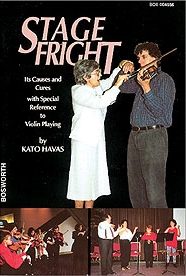 Read the book "Stage fright - Causes and cures", by Kato Havas, and play freely
Read the book "Stage fright - Causes and cures", by Kato Havas, and play freelyJ.S. Bach's Brandenburg Concerto 6 for 2 violas and no violins!
Johann Sebastian Bach
loved and played the viola
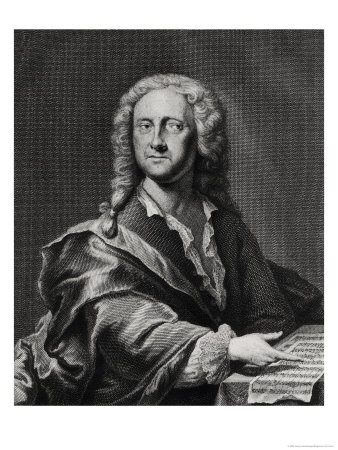 Portrait of Georg Philipp Telemann, composer of the first ever viola concerto
Portrait of Georg Philipp Telemann, composer of the first ever viola concertoGeorg Philipp Telemann's:
first ever viola concerto
History of the viola
Lira-viola
Buy Viola in Music's Collection of 13 famous tunes (19 pages)
£7.99 and download them instantly
They are in their original keys, so you can play them in sessions with other instruments
Jesu, joy of man's desiring
Michael Turner’s waltz (2 versions)
The
greenwood tree
The south wind
Fanny Power
Ye banks and braes
Skye boat song
My Bonnie
My love is
like a red, red rose
Sportsman’s hornpipe
The road to Lisdoonvarna
Danny Boy (Londonderry Air)
Iron legs
Do you like
Viola in Music?
Support it by buying sheet music here
Download Sheet Music
|

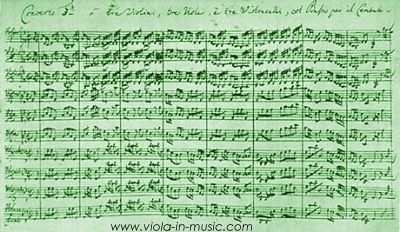
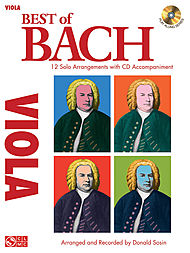



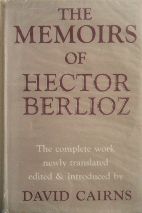
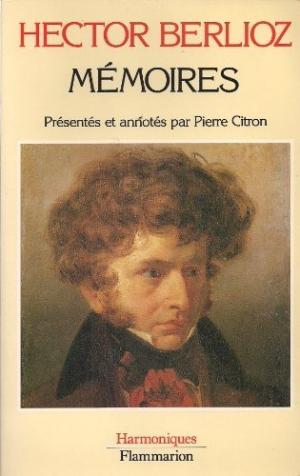
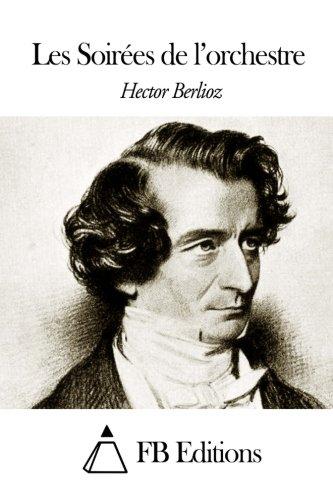
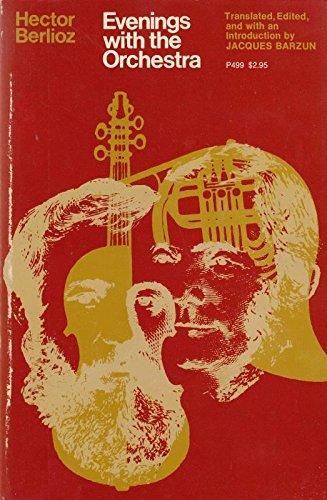
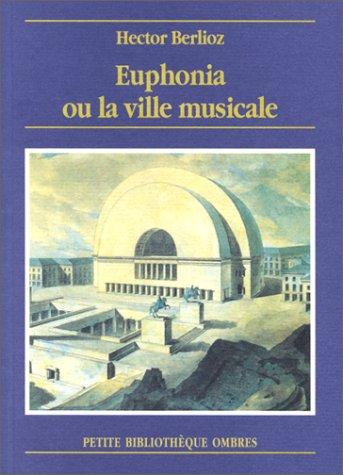
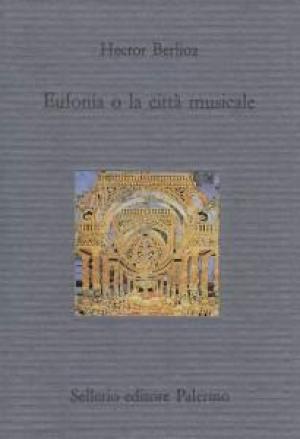
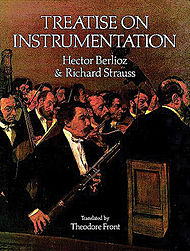
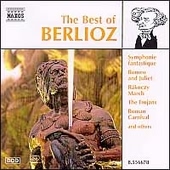
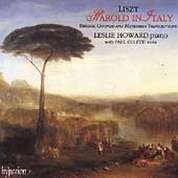
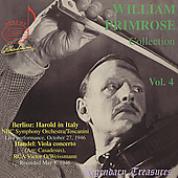
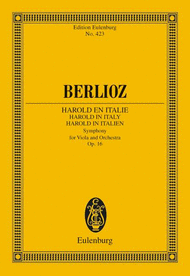
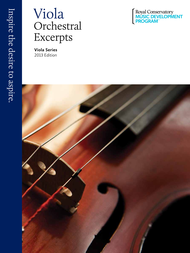
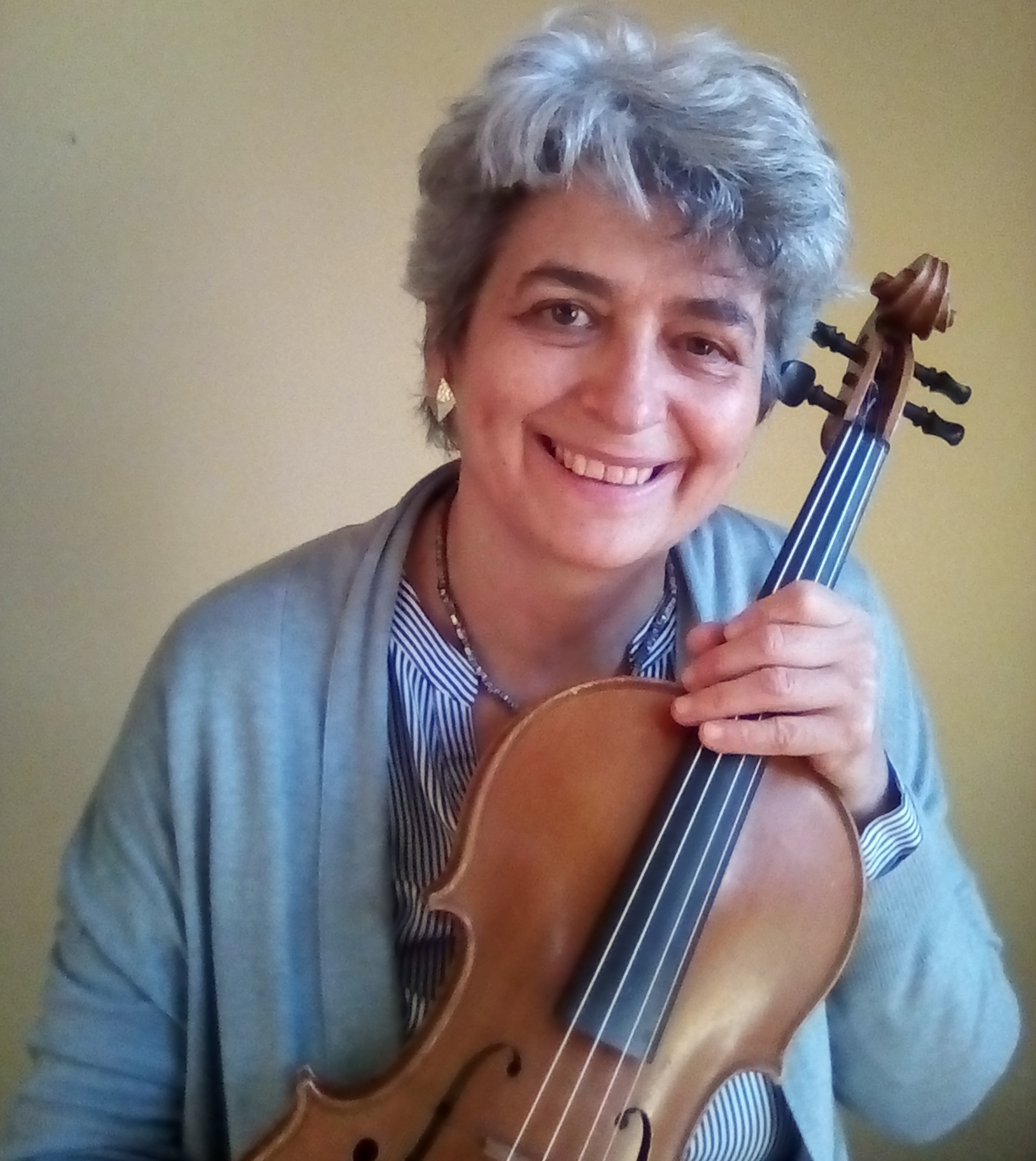
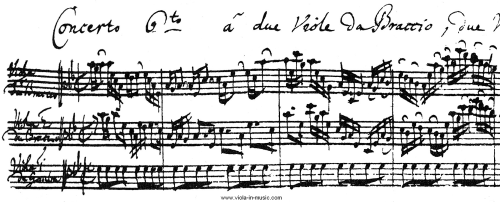
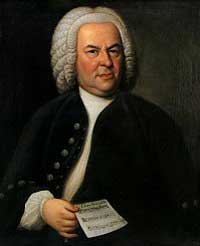
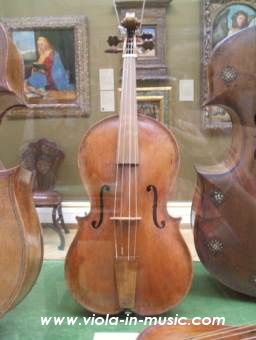



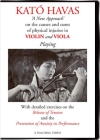
New! Comments
Have your say about what you just read! Leave me a comment in the box below.